The excavation of Mohenjo Daro and Harappa started in the late 1820s, when Charles Masson, a British explorer in India, found the ruins of a lost city. These were the very first evidence of Harappan civilization that existed in this region thousands of years ago.
Almost a century later, excavation work for the discovery of Mohenjo Daro also began. Both of these archaeological sites prove that the north-western region of South Asia, which is now Pakistan, remained a home of Indus Valley Civilization from 3,300 BC to 1,900 BC.
Archaeologists believe that these ruins could unlock some of the most incredible secrets of the Indus Valley Civilization. Efforts are being made to save the ancient heritage of the Indus Basin from diminishing.
Exploring Mohenjo Daro and Harappa
Mohenjo Daro and Harappa are two of the world’s oldest settlements. The infrastructure of both the sites was so robust that it still exists in the form of ruins. In this blog, we will be exploring the two separately.
Mohenjo Daro
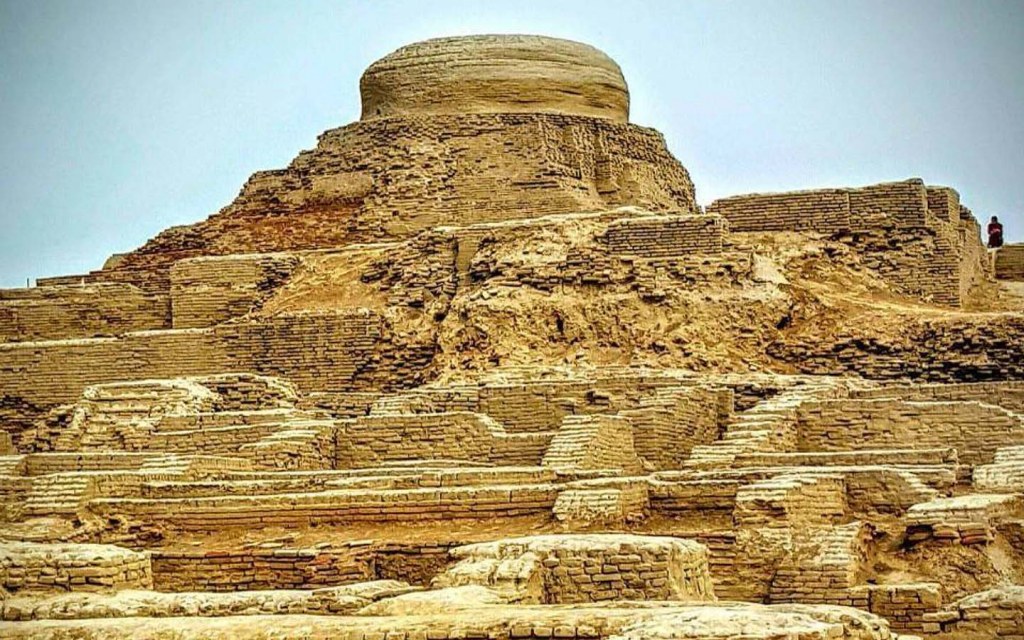
The UNESCO World Heritage site of Mohenjo Daro is found in the province of Sindh, a 37-minute drive from Larkana. It is one of the most famous historical places in Sindh. Moen Jo Daro means ‘Mound of The Dead Men’ in Sindhi, which is a language spoken locally.
History
According to the findings of the archeologists, the city of Mohenjo Daro was built around 26th Century BC, making it one of the largest settlements of the ancient times. It was one of the major urban settlements of the Indus Valley Civilization, aka, Harappan Civilization.
Mohenjo Daro was an advanced city as its ruins show signs of remarkable civil engineering and urban planning tactics. Apart from this settlement, Harappa, Lothal, Kalibangan, Rakhigarhi and Dholavira were the urban centres of the Indus Valley Civilization, extended to the Iranian Border.
Rediscovery
For over 3,700 years, the archaeological gem of Mohenjo Daro remained undocumented. However, after some impediment findings, large-scale excavations to unearth the site of Mohenjo Daro began in the 1920s. It was led by John Marshall, who was the Director General of Archeological Survey of India at that time.
In 1965, the excavation work at the site of Mohenjo Daro came to a halt as the place was showing the signs of weather damage. In 1980, further probing of the area was done by Italian and German survey groups to dig deeper into the secrets of Mohenjo Daro.
Only four years ago, in 2015, dry core drilling was conducted by Pakistan’s National Funds at this site, the findings of which surprised everyone. A large part of the historical site has still not been unearthed.
Urban Infrastructure
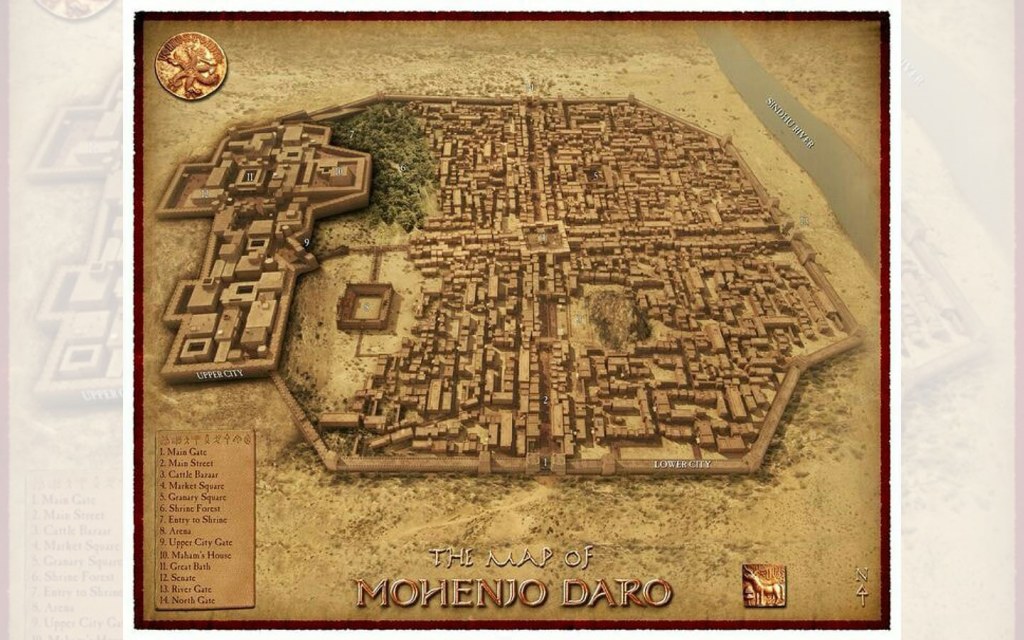
Mohenjo Daro had a carefully planned infrastructure. According to an estimation mentioned in Oxford Handbook of Cities in World History, the city had a population of around 40,000 people.
The ruins of this city hint towards a commendable level of social organization. Mohenjo Daro is known to have large public baths, assembly halls, houses with inner courtyards and also some multiple stories constructions.
The excavation work done till date in Mohenjo Daro has unearthed over 700 water wells in this city of ancient times. These findings are an evident proof of the effectiveness of the water supply system that existed in Mohenjo Daro.
Artefacts
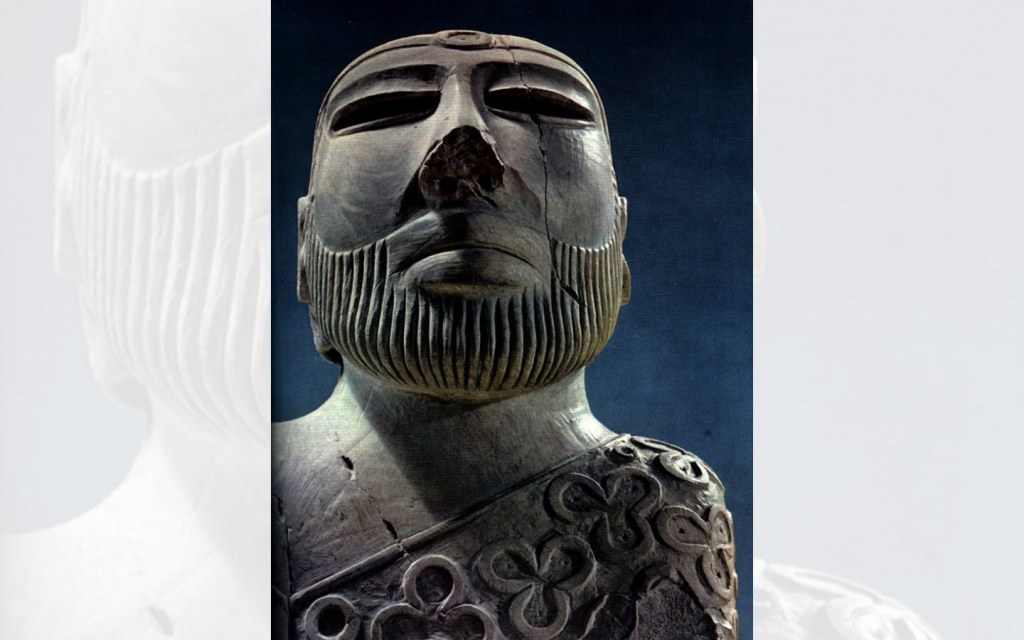
A large number of artifacts have been discovered as a result of the excavations done in Mohenjo Daro. These include tools made from copper and stone, figures and sculptures, balance-scale and weights, jewellery articles and toys. These objects have been preserved in the National Museum of Pakistan in Karachi.
Travelling To Mohenjo Daro
If you are planning to travel to the historical site of Mohenjo Daro by air from Karachi, then it will take you around an hour to get there. Mohenjo Daro airport lacks advance infrastructure, which means only smaller aircraft could land here. The cost of a one-way ticket to/from Mohenjo Daro is around PKR 6,000.
With the help of Khushal Khan Khattak express, you can get to Dokri, which is the only nearest railway station to Mohenjo Daro. The train leaves Karachi at around 9 pm every night and it will take you 9 hours to get there. The ticket fare for a non-air-conditioned seat in a train from Karachi to Mohenjo Daro is PKR 400, which goes up to PKR 1000 for an air-conditioned seat.
Many locals and tourists travel from the city of Larkana to Mohenjo Daro with the help of rickshaws and taxis. Hiring a taxi to travel the distance between Larkana and Mohenjo Daro can cost you around PKR 500-1000. Rickshaw seems to be a more affordable option that can be hired only for around PKR 200.
Harappa
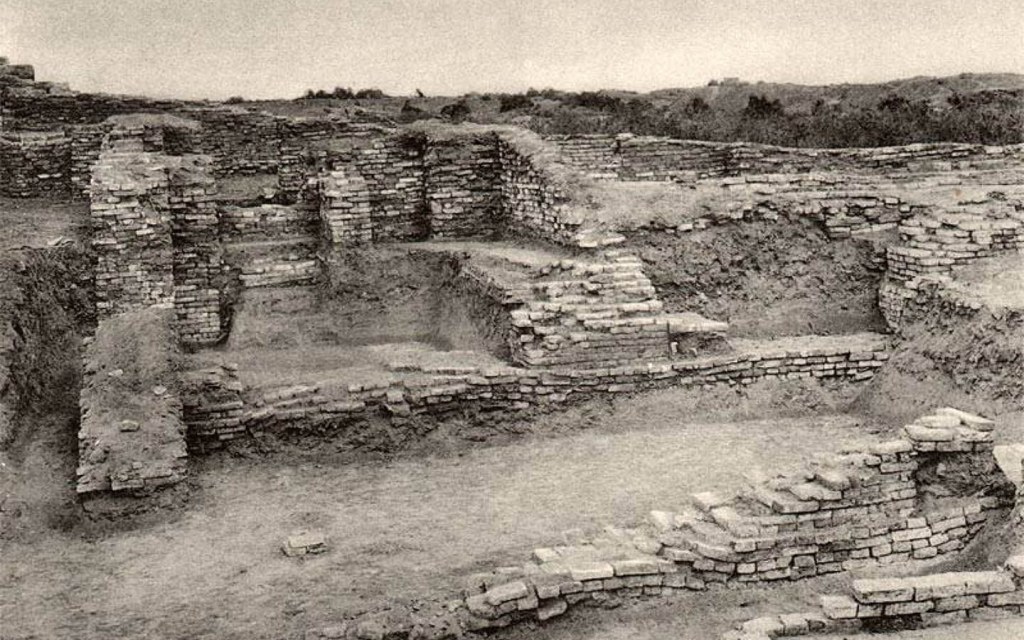
Harappa is a very famous archaeological site located at a distance of 24 km from Sahiwal in Punjab. The present-day village that inspired the name of this historical site is situated just at a distance of 1 km from Harappa ruins. Remains of the Bronze Age fortified city, which was a part of the Indus Valley Civilization, have been found at this site.
History
Harappan Civilization predates to 6000 BC. It is the oldest known civilization, with economic and social systems and urban centres. The Indus Valley Civilization stretched from Himalayan foothills to Sindh and Punjab in Pakistan and Gujrat in South East India.
The site of Harappa suffered great damage in the year 1857 as a result of the construction work carried out for the railway link between the cities of Lahore and Multan.
Rediscovery
Harappa was initially discovered in the 1820s but no impediment excavation work was carried out at the site then. However, after the discovery and excavation of Mohenjo Daro, the interest of archaeologists increased in the history of the Indus Valley Civilization. This renewed interest made them rediscover the historical city of Harappa and start excavation work on this site with a fresh perspective.
Urban Infrastructure
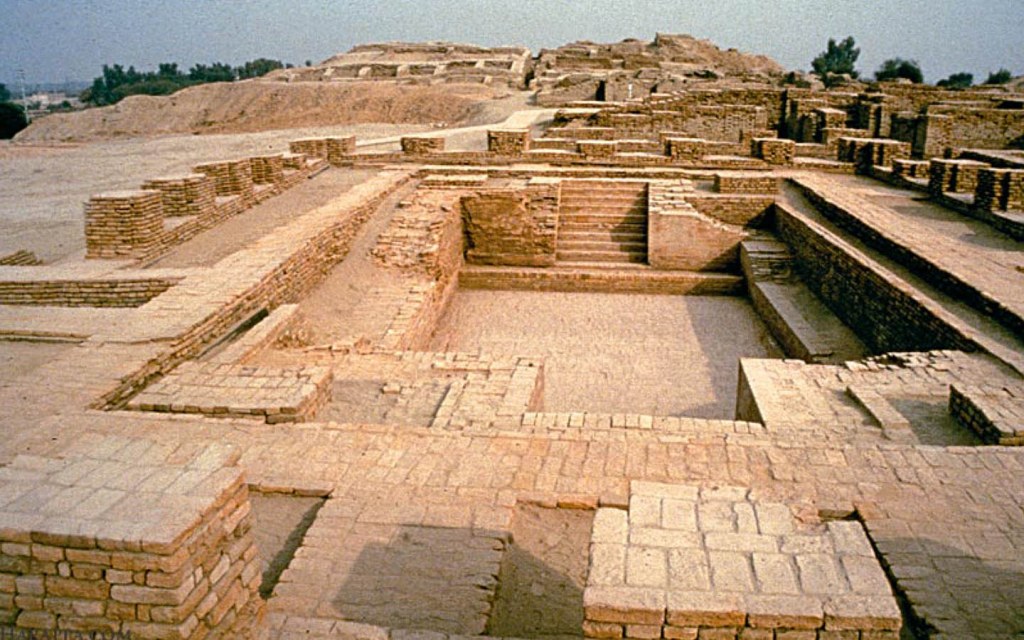
Comprising an effective urban infrastructure, the city of Harappa was once home to 23,000 residents. This ancient urban settlement covered a total area of 150 hectares, mostly having clay brick houses.
Both Mohenjo Daro and Harappa had similar urban layouts and planning. The infrastructure of the city of Harappa had individual and combined living quarters, brick houses with flat roofs, fortified religious and administrative centres.
Artefacts
Some of the most exquisite artefacts have been unearthed from the site of Harappa. These valuable objects include seals engraved with animal and human motifs, stone and copper tools, decorative ornaments, hand-modelled sculptures, toys and jewellery articles. Most of these artefacts have been preserved in the Archaeological Museum located in Harappa, Punjab.
Travelling to Harappa
Being the closest city to Harappa, a world famous archaeological site, Sahiwal serves as the main hub for visitors and tourists. Harappa is only 45 minutes’ drive away from Sahiwal. With a fare of only PKR 15, a public bus from Sahiwal to Harappa leaves after every 30 minutes.
The fare for a minibus that can also take you to Harappa from Sahiwal is PKR 20. Rickshaws and taxis can also be hired for travelling to Harappa with one-sided fares amounting to PKR 350 and PKR 500, respectively.From historical sites of Mohenjo Daro and Harappa to the wondrous sites of natural beauty, Pakistan is a fascinating country to explore. So, if you want to read more interesting stories like this, subscribe to Zameen Blog, the most exclusive lifestyle and travel blog of Pakistan.



